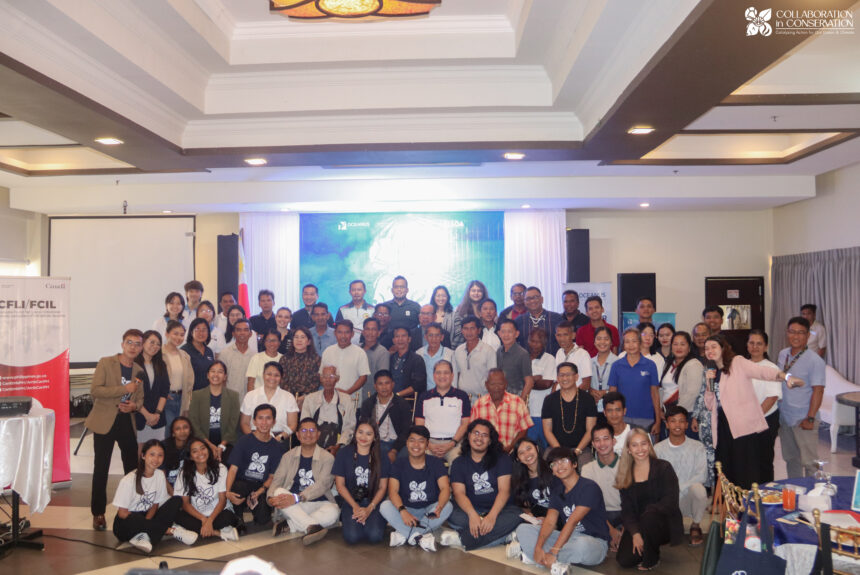Oceanus Conservation recently hosted the Ocean Summit on June 7th during World Ocean’s Day, held at Coron Westown Resort, Coron, Palawan. This year’s theme, “Collaboration in Conservation: Catalyzing Action for our Ocean and Climate”, brought together an impressive assembly of about 80 participants from various sectors!
A Collective Effort
The summit was organized in collaboration with Lalakbayin and the Sustainable Ocean Alliance Philippines. This marks a significant culmination of Project PriCE: Prioritizing Conservation Efforts: Mapping biodiversity hotspots in Busuanga, Palawan. This crucial initiative focuses on mapping biodiversity hotspots in Busuanga, aiming to enhance conservation strategies and foster sustainable practices in the region.
Diverse Participation in a Common Cause
Participants included a diverse group of stakeholders:
- Department of Environment Biodiversity Management Bureau – Coastal and Marine Division
- Provincial and Local Government representatives
- Indigenous group leaders and village chiefs
- Fisherfolk from six barangays
- Academia (Palawan State University and De La Salle University – SHORE center)
- Non-Governmental Organizations (NGOs)
- Private sector representatives
- Tourism enterprises
- Armed Forces of the Philippines and Philippine National Police Maritime units
- Local radio channels
This mix of participants underscores the collaborative spirit of the summit. Notably, it highlights the importance of integrating various perspectives and expertise to address the dual challenges of ocean conservation and climate action.

Opening the event Ms. Jhorace Tupas, Chief of the Coastal and Marine Division at the Biodiversity Management Bureau, Department of Environment and Natural Resources, introduced that during the 2nd United Nations Ocean Conference in 2022, it was officially announced that we are in a state of global ocean emergency. What that meant is that we and our oceans are facing three major challenges:
- Biodiversity Loss,
- Climate Change, and
- Marine Pollution
While the Philippines is a signatory to several multilateral environmental agreements, we make solutions happen on the ground through local actions.
Local actions are essential. The cooperation of different local players, from academe who provide the science, helping the community by sharing how to properly conserve and protect our coastal and marine ecosystems, to local government units, indigenous cultures of communities, and non-government organizations are all crucial in facing these environmental challenges.
The DENR, in partnership with several government and non-government agencies, is currently putting more effort into giving our oceans the attention it deserves, because in our country, our economic zone is 80% water.
This year, researchers are establishing seven marine science research stations to expand our local scientific knowledge and understand what we need to conserve and protect. Taking another step further in making local actions happen, several plans are being developed. This includes a National Blue Carbon Action Partnership, the Great Blue Wall (an archipelagic-wide marine protected area network), a National Coral Reef Program, and continuous commitments to achieving the 30×30 area-based conservation target.
While the government is trying its best to bring these platforms to the national and local level, it needs everyone’s help through efforts like this summit to communicate and help make these programs happen on the ground.
Key Highlights and Outcomes
The summit facilitated deep discussions and shared learning opportunities among the attendees, fostering an environment of cooperation and mutual understanding. Key outcomes included:
- Diverse hotspots in the six villages, including the recording of endangered corals Pectinia maxima in non-MPA areas and Lobophyllia serrata, and vulnerable species Pachyseris rugosa, Physogyra lichtensteini, and Heliofungia actiniformis.
- Researchers found twenty-one (21) mangrove species in six barangays, with Barangay Old Busuanga having the highest species richness and canopy cover.
- Researchers found eight (8) seagrass species in six barangays, with Barangay Maglalambay exhibiting high species richness and Popototan Island having a high percent cover.
- The average hard coral cover (HCC) for all sites is 37.7% which is greater than the national average.
- All sites have an average of 41 TAUs, or coral generic diversity, resulting in Category A reefs.
- High vulnerability score for sea level rise in all six villages, and a moderate score in sea surface temperature.
Following the presentation of the project’s results, a key session focused on the theme “Collaboration for Conservation,” during which two guest speakers shared their initiatives.

Mr. Jose Mazo, the park manager of Siete Pecados Marine Park, recently received the internationally recognized Blue Marine Park award. Siete Pecados Marine Park is the third in the country to earn this distinction. Mr. Mazo discussed the integral steps in building a sustainable project, which he outlined as follows:
- First, surrendering the purpose of the project to God.
- Second, by letting the community know the project’s purpose, not bypassing any position along the way.
- Third, is by being transparent in the monetary issues and benefits of the project.
- Lastly, by collaborating and building harmonious relationships with the community and those in management
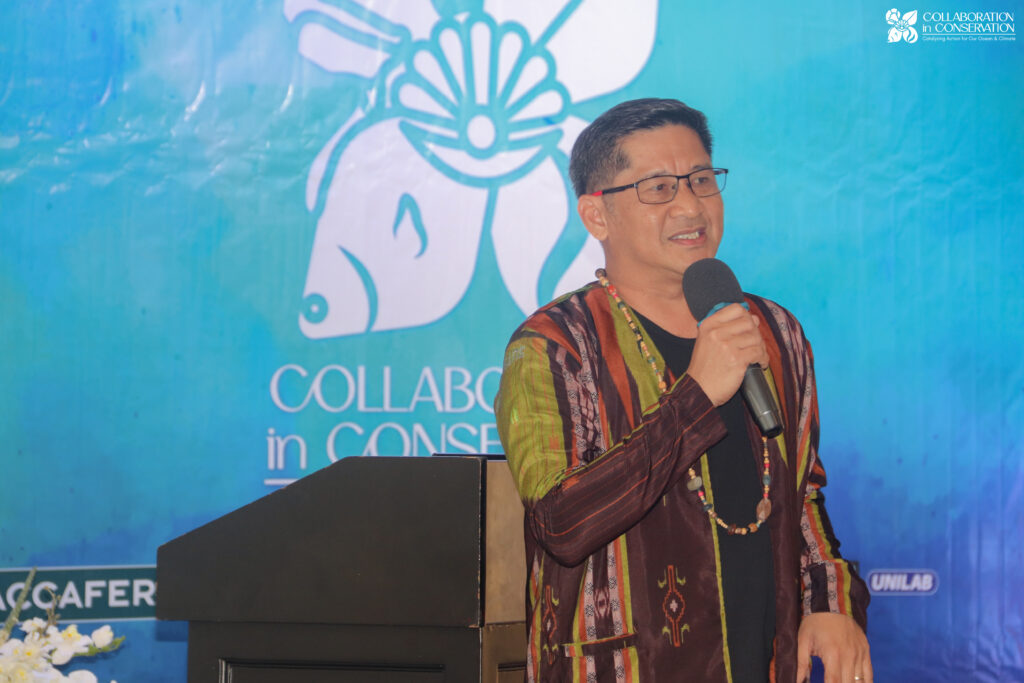
Mr. Reynante Ramilo, Programme Coordinator of C3 Philippines (Community Centered Conservation) shared their experiences and insights on working with the community. According to him, from the twelve years they have been operating, the following are essential when working with the community:
- Presence in the community
- Treating the community members with respect.
- Promoting ownership and transparency.
- Being sensitive and understanding about the community’s perspective.
- Being responsive to other community issues aside from environmental issues.
Enhancing Collaboration: Insights from Leaders and Experts
Afterward, a panel discussion was held to hear about the different ways each sector tackles local issues and challenges. The discussion was composed of three members, representing the perspectives of academe, a non-governmental organization, and indigenous people. This was moderated by Mark Laceste from Lalakbayin.

The panelists were asked about what collaboration looks like for them. Dr. Kat mentioned:
“The problem in conservation cannot be solved by just one organization or just by the academe, it needs managers, and people from the community, it needs behavioral change from the people. Collaboration means people with different backgrounds working together to solve the problem.”
Mr. Raniel Montilla is a Sangguniang Bayan Member and Municipal Indigenous Peoples Mandatory Representative. He emphasized the importance of nurturing strong relationships and dialogue. “Magkaroon ng magandang ugnayan at usapin” (We need to foster good relationships and communication through respect, understanding, and by sustaining Indigenous traditions),” he stated.
Dr. Kat Luzon added a personal touch, encouraging us to “just be human, foster relatedness, and find common ground. What are our shared interests?” This sentiment highlighted the need for a personal connection in collaborative efforts.

Mr. Rey Ramilo’s advice was to ensure inclusivity in all endeavors. “Be inclusive with the work you are doing; leave no one behind,” he remarked, pointing out the necessity of embracing all community members in collaborative projects.
Furthermore, participants also contributed valuable insights. West Commander Mr. Bim Qucmado noted, “While we can’t control climate change, we can manage anthropogenic factors. It’s crucial to translate our efforts into intergenerational solutions that resonate with and are understandable to the youth“. This perspective underscores the importance of making scientific research accessible and relevant to the public to enhance collaboration.
These discussions revealed that while the implementation of studies and research can be lengthy and ongoing, the continuous engagement and education of the community are essential for sustaining effective collaboration.
Distribution of Educational Infographics
As part of its ongoing efforts, Oceanus Conservation developed educational infographics that illustrate the biodiversity unique to each barangay. These materials were translated into Tagalog to ensure they are accessible and understandable to the local communities. Highlighting the diversity, threats, and conservation strategies specific to each area, these infographics serve as a vital educational tool.


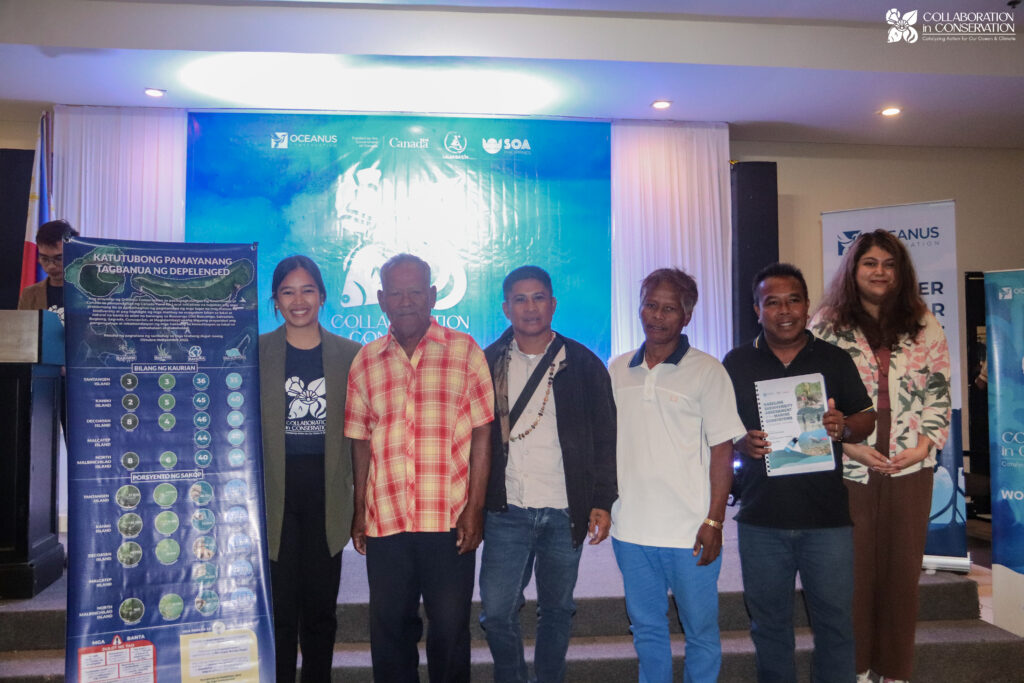


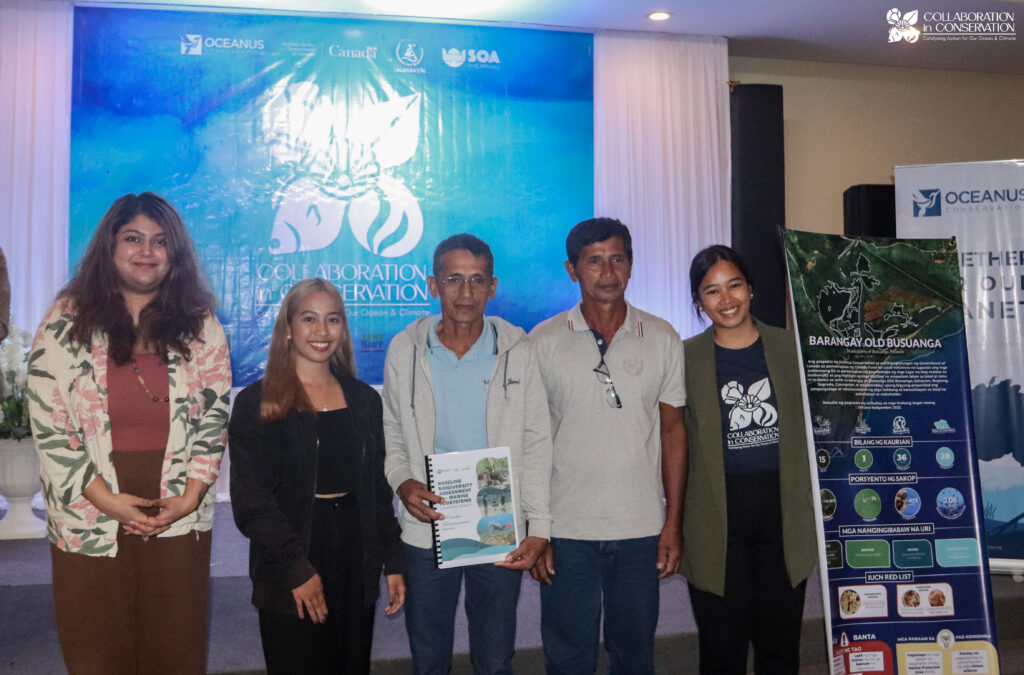




It is a challenge to communicate science, but we can transcend by developing tools and by making use of what is accessible.
– Dr. Kat Luzon
The summit concluded with an engaging networking event organized by Lester Dellosa from Sustainable Ocean Alliance Philippines. Participants had the opportunity to connect by filling out a Bingo card through interactions with others, signing off with a fun fact on each card, fostering a sense of community and shared learning.



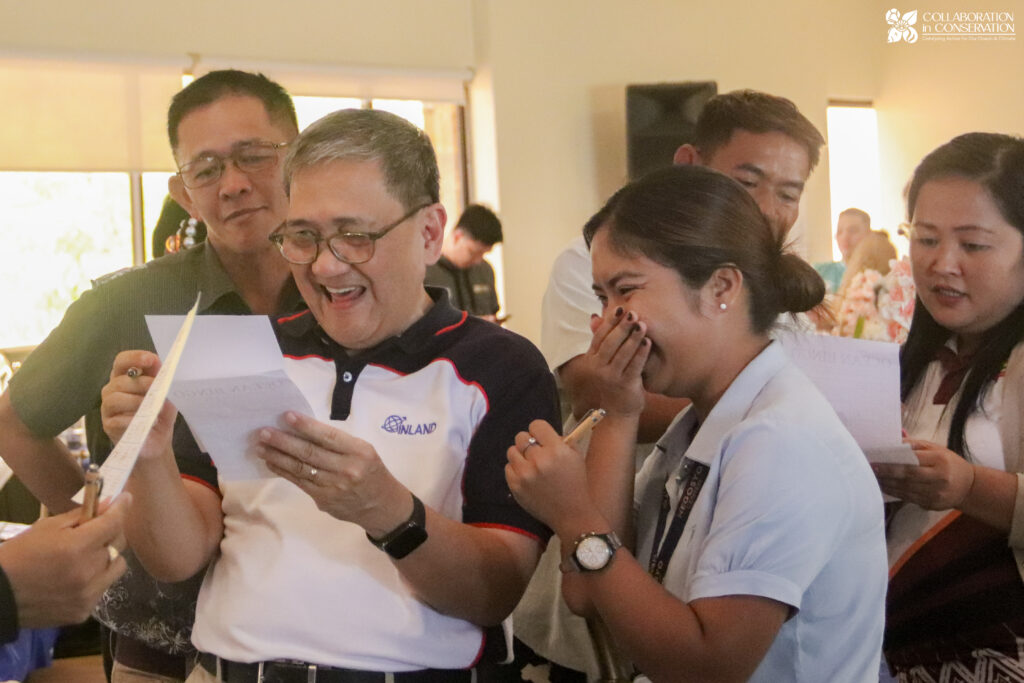
Looking Forward
The Ocean Summit 2024 not only highlighted the ongoing efforts in marine conservation but also set the stage for future initiatives. It emphasized the power of collective action and the pivotal role of diverse stakeholders in driving meaningful change for our oceans and climate. Key future directions include:
- Strengthened Partnerships: Building on the current success, we aim to further strengthen partnerships between government bodies, local communities, and the private sector. These collaborative efforts are essential for developing integrated and effective conservation strategies.
- Commitment to Sustainable Practices: Various stakeholders have shared their commitments to implement sustainable practices and promote environmental stewardship. These commitments are crucial for ensuring the long-term health and resilience of our marine ecosystems.
As we reflect on the success of this year’s summit, Oceanus Conservation remains committed to spearheading further collaborations that enhance biodiversity conservation and promote sustainable development in marine environments. Together, we can make a significant impact and ensure a thriving future for our oceans.

